What Is Cotton Burr Compost: How To Use Cotton Burr Compost In Gardens
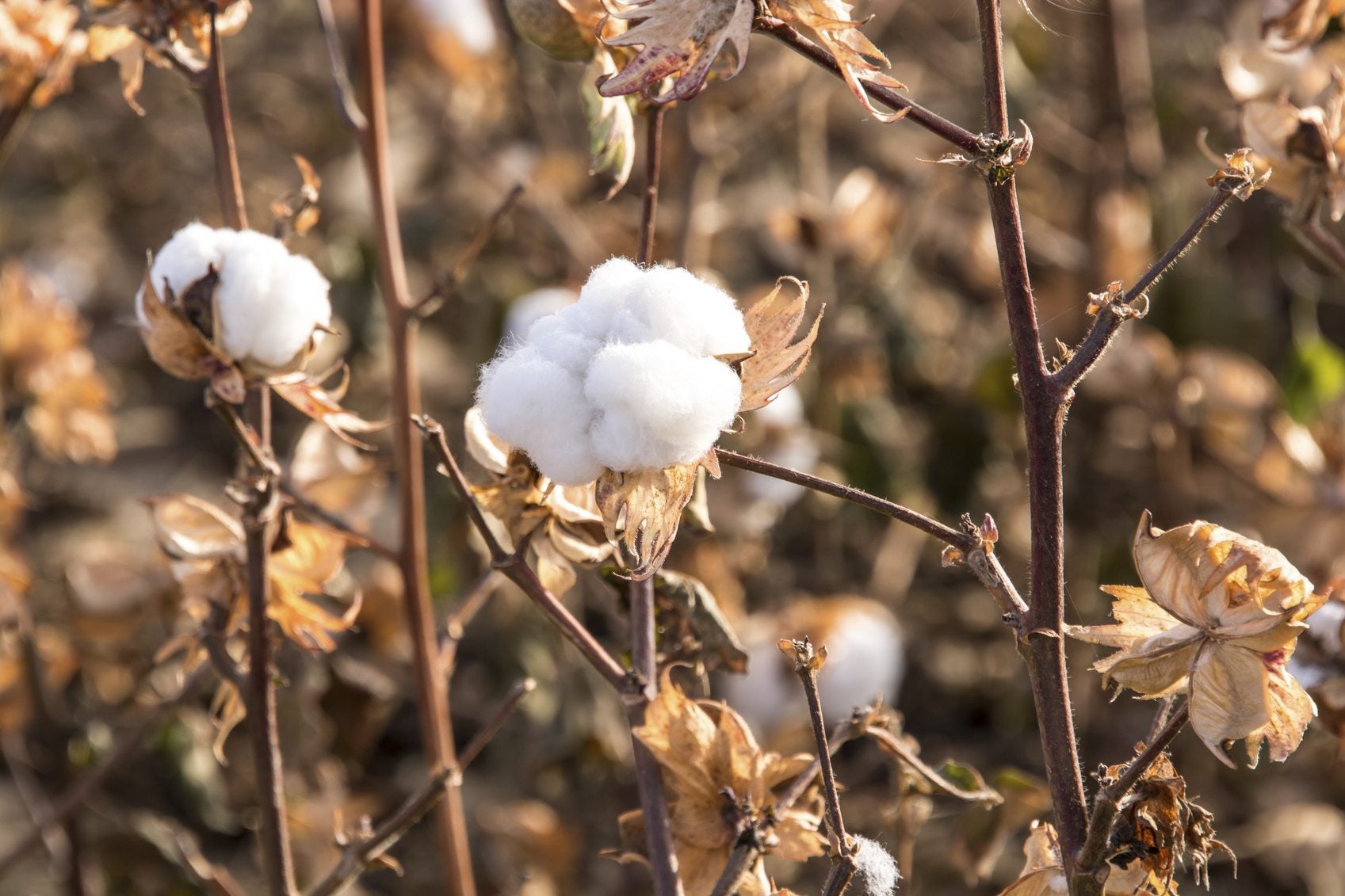

Any gardener will tell you that you can’t go wrong with composting. Whether you want to add nutrients, break up dense soil, introduce beneficial microbes, or all three, compost is the perfect choice. Not all compost is the same though. Many gardeners will tell you that the best stuff you can get is cotton burr compost. Keep reading to learn more about how to use cotton burr compost in your garden.
What is Cotton Burr Compost?
What is cotton burr compost? Usually, when cotton is harvested, the plant is run through a gin. This separates the good stuff (the cotton fiber) from the leftovers (the seeds, stems, and leaves). This leftover stuff is called cotton burr.
For a long time, cotton farmers didn’t know what to do with the leftover burr, and they often just burned it. Eventually, though, it became clear that it could be made into incredible compost. The benefits of cotton burr compost are great for a few reasons.
Mainly, cotton plants famously use up a lot of nutrients. This means those beneficial minerals and nutrients are sucked out of the soil and up into the plant. Compost the plant and you’ll get all those nutrients back.
It’s very good for breaking up heavy clay soil because it’s coarser than some other composts, like manure, and easier to wet than peat moss. It’s also full of beneficial microbes and bacteria, unlike some other varieties.
How to Use Cotton Burr Compost in Gardens
Using cotton burr compost in gardens is both easy to do and excellent for plants. If you want to add it to your soil before planting, simply mix in 2 to 3 inches (5-8 cm.) of compost with your topsoil. Cotton burr compost has so many nutrients that you may not have to add more for two growing seasons.
Many gardeners also use cotton burr compost as mulch. To do this, simply lay down an inch (2.5 cm.) of compost around your plants. Water thoroughly and lay down a layer of woodchips or other heavy mulch on top to keep it from blowing away.
Gardening tips, videos, info and more delivered right to your inbox!
Sign up for the Gardening Know How newsletter today and receive a free copy of our e-book "How to Grow Delicious Tomatoes".

The only child of a horticulturist and an English teacher, Liz Baessler was destined to become a gardening editor. She has been with Gardening Know how since 2015, and a Senior Editor since 2020. She holds a BA in English from Brandeis University and an MA in English from the University of Geneva, Switzerland. After years of gardening in containers and community garden plots, she finally has a backyard of her own, which she is systematically filling with vegetables and flowers.
-
 Looking For Plants To Give You The Soft And Fuzzies? Try These 5 Fuzzy Leaf Plant Options
Looking For Plants To Give You The Soft And Fuzzies? Try These 5 Fuzzy Leaf Plant OptionsLovers of texture, drama, silver foliage and tactile plants will adore these special sensory garden additions. These fuzzy leaf plant options will leave you all aglow
By Susan Albert
-
 Get Ready For A Summer Of Hummers! Grow These Full Sun Hummingbird Plants and Flowers
Get Ready For A Summer Of Hummers! Grow These Full Sun Hummingbird Plants and FlowersIf you’re lucky enough to enjoy a sunny backyard, make sure you are maxing out on your pollinator opportunities and grow these full sun hummingbird plants and flowers
By Tonya Barnett
-
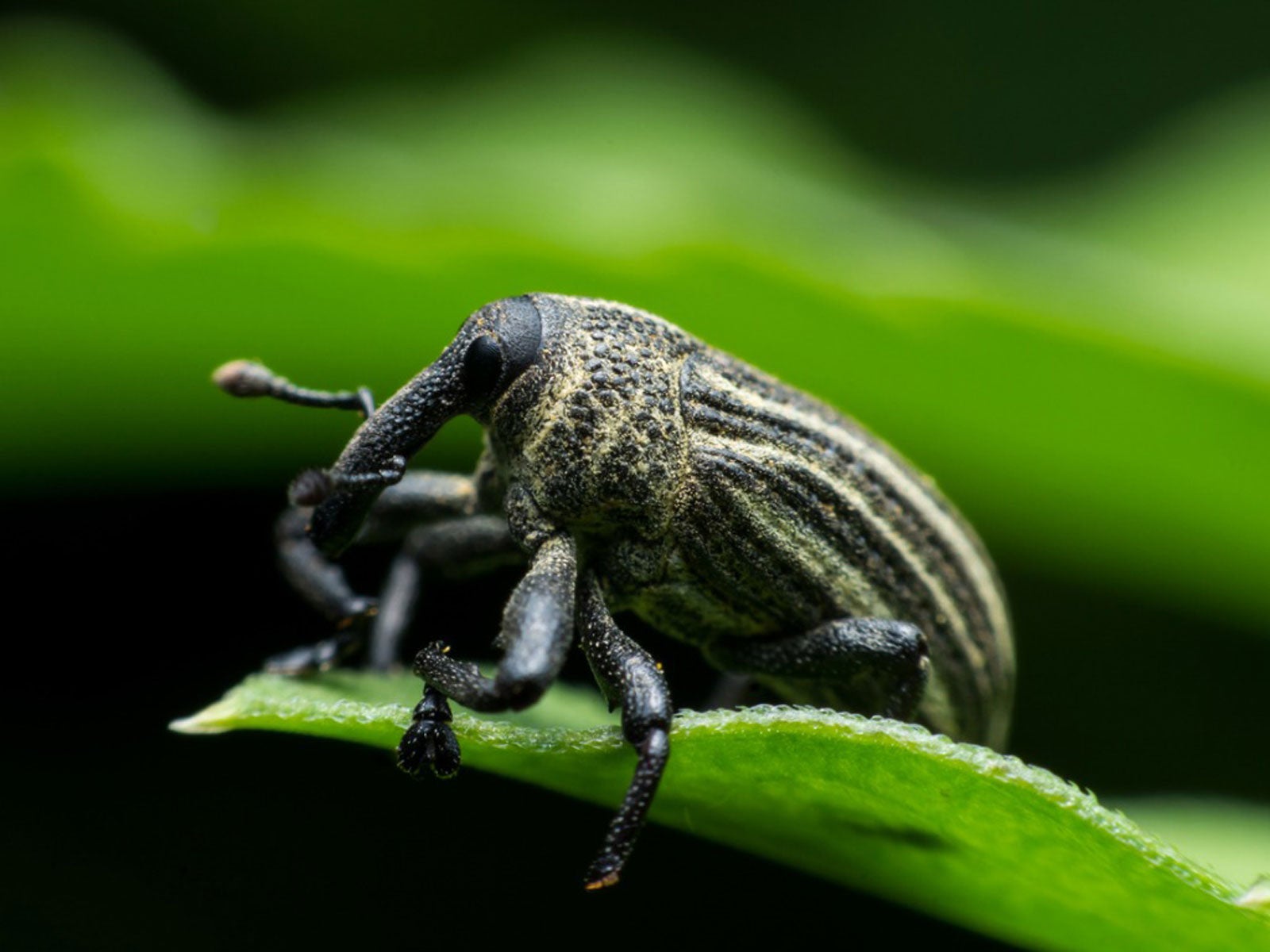 Boll Weevil History – Learn About The Boll Weevil And Cotton Plants
Boll Weevil History – Learn About The Boll Weevil And Cotton PlantsThe story of the boll weevil and cotton is a long one, lasting many decades. To learn more about cotton boll weevil problems, click the following article.
By Laura Miller
-
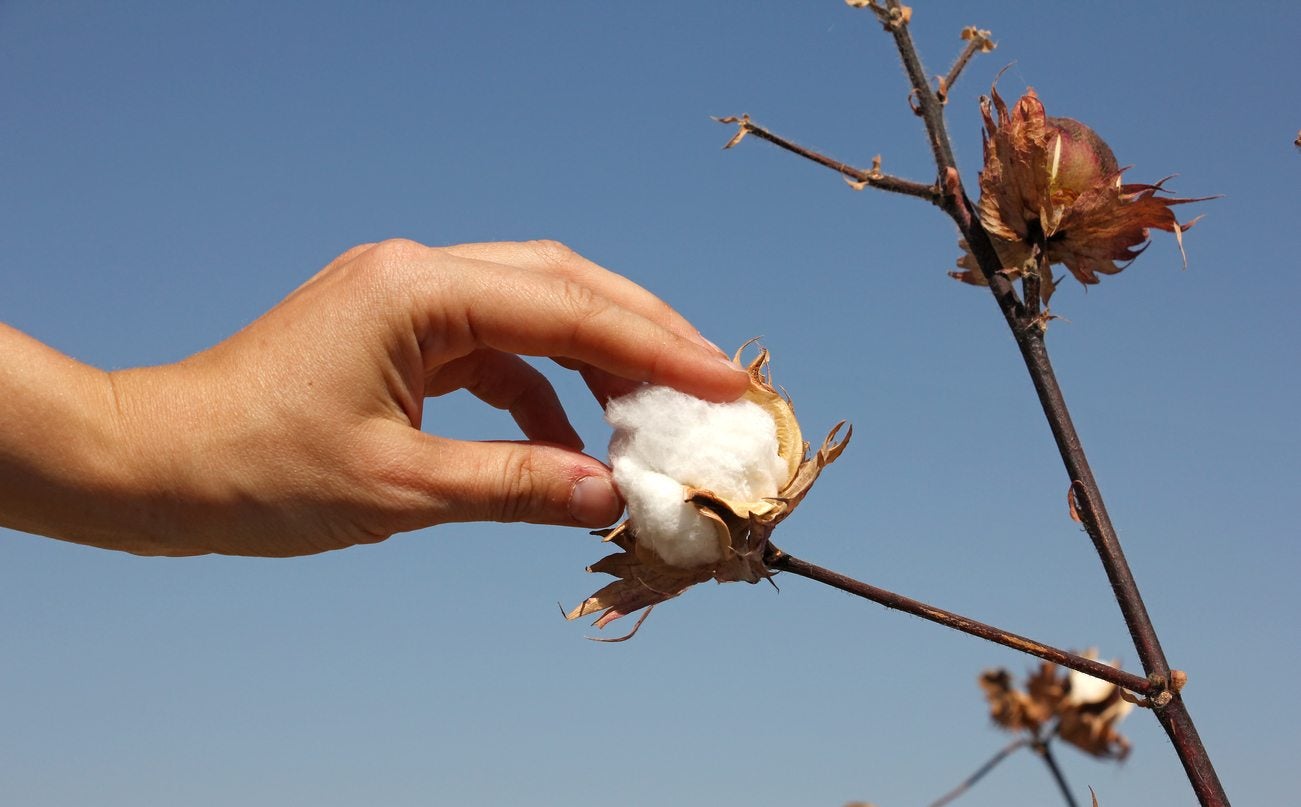 Picking Ornamental Cotton – How Do You Harvest Homegrown Cotton
Picking Ornamental Cotton – How Do You Harvest Homegrown CottonMany people are trying their hand at growing crops that are traditionally grown by commercial farmers. One such crop is cotton. Learn about picking ornamental cotton and when to harvest your homegrown cotton in this article.
By Amy Grant
-
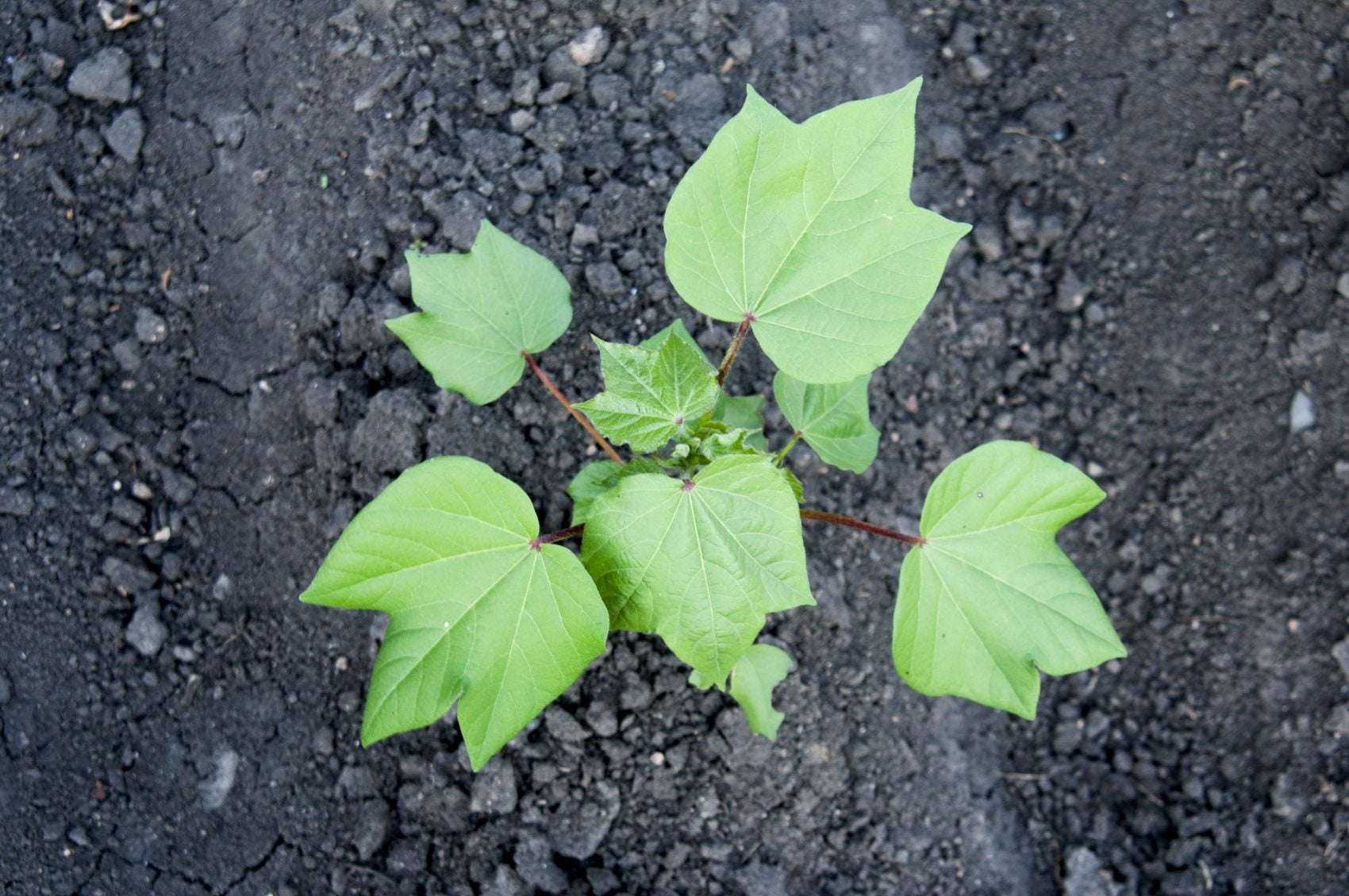 Cotton Seed Placement – How To Plant A Cotton Seed
Cotton Seed Placement – How To Plant A Cotton SeedCotton plants are actually quite attractive. Your neighbors will ask about this unique garden plant, and they won't believe it when you tell them what you're growing. Find out how to sow cotton seeds in this article.
By Jackie Carroll
-
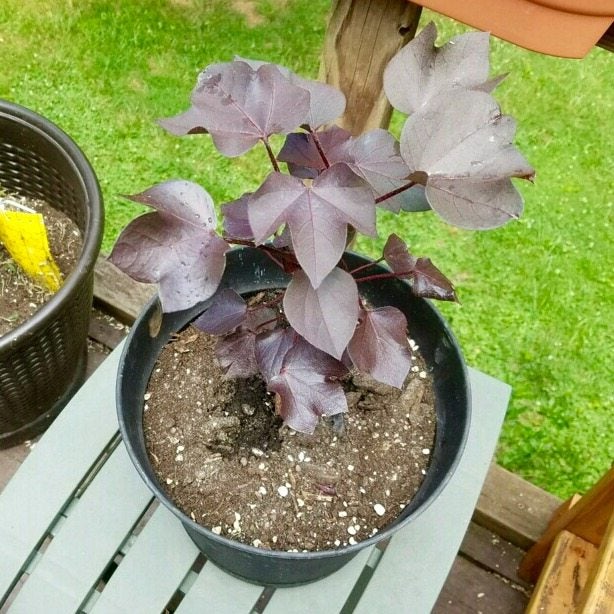 Black Cotton Plants – Tips On Planting Black Cotton In Gardens
Black Cotton Plants – Tips On Planting Black Cotton In GardensLooking for something unusual to add to your garden? Have I got an extraordinary beauty for you - black cotton plants, which are related to the familiar white cotton. Intrigued? This article provides tips on how to grow black cotton, harvest the plant, and more.
By Amy Grant
-
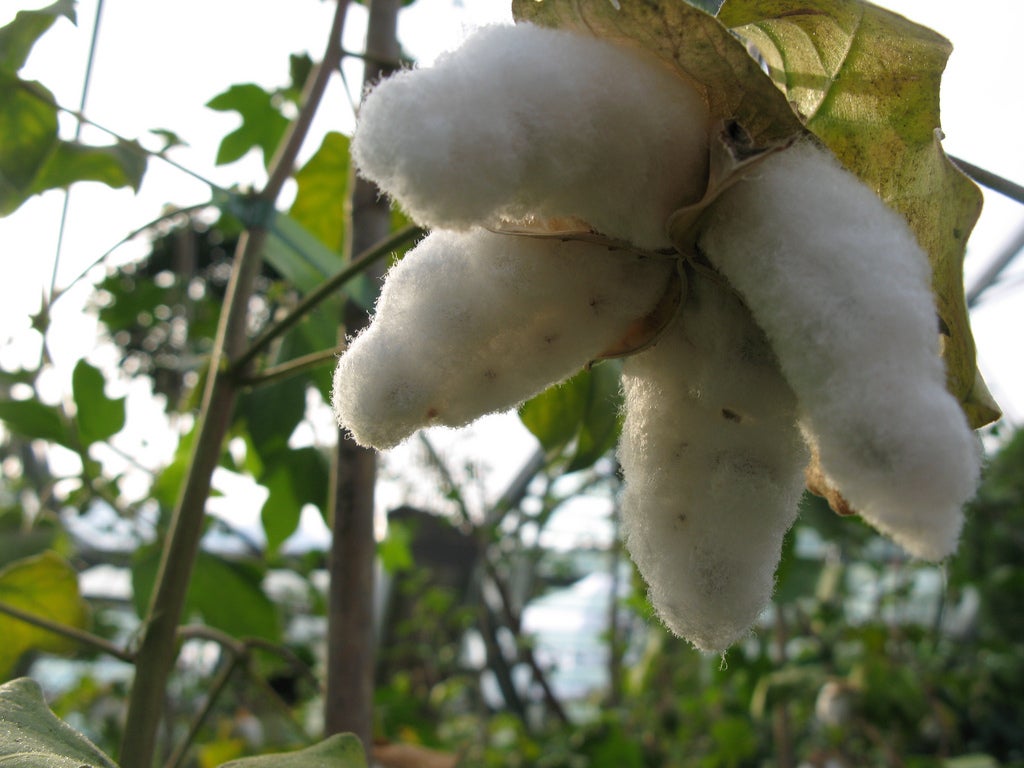 Cotton Plant Info For Kids - Teaching Kids How To Grow Cotton
Cotton Plant Info For Kids - Teaching Kids How To Grow CottonCotton growing with kids is easy and most will find this to be a fun project in additional to an educational one. Learn more about how to grow cotton in the following article and give your kids a fun history lesson.
By Nikki Tilley